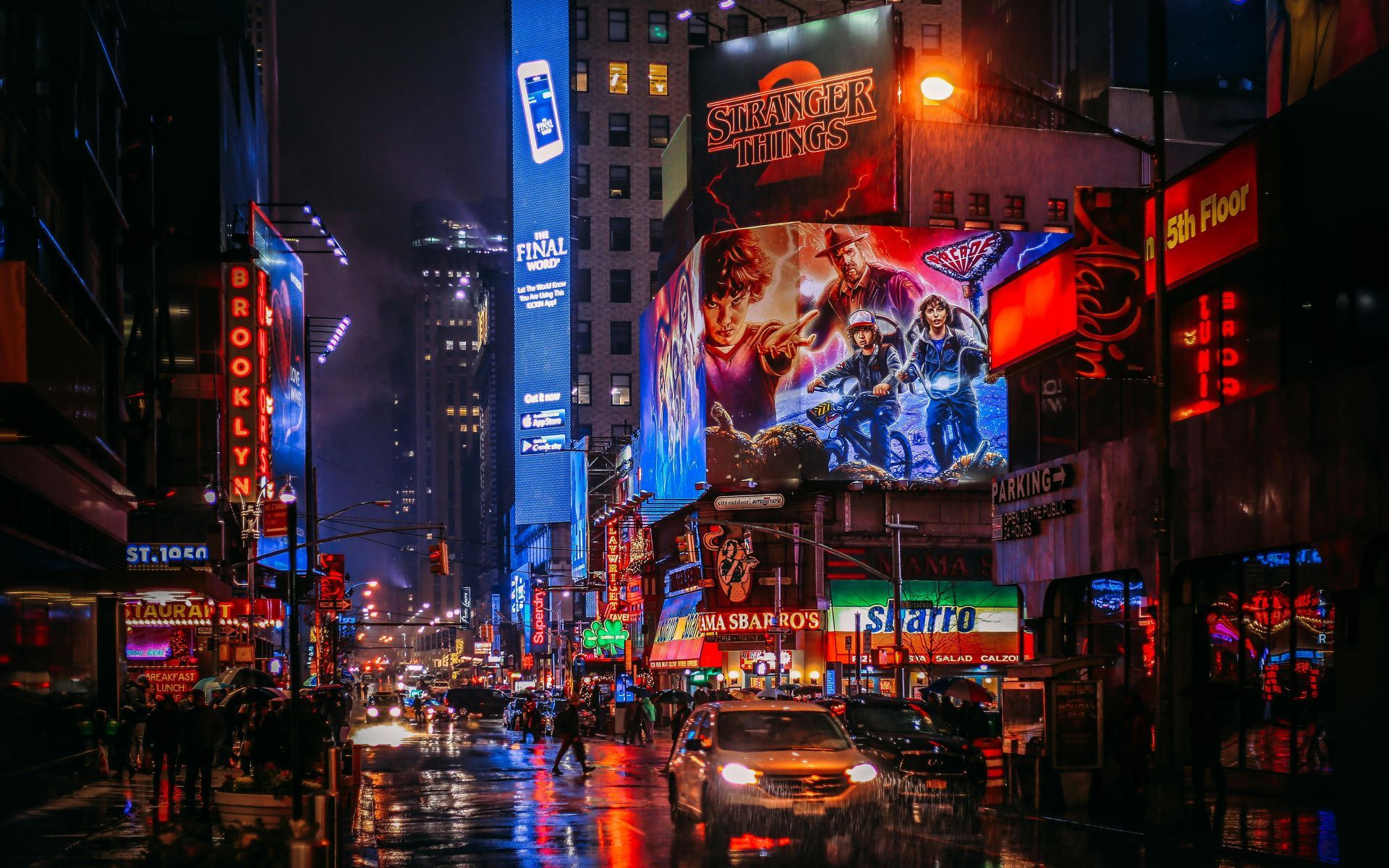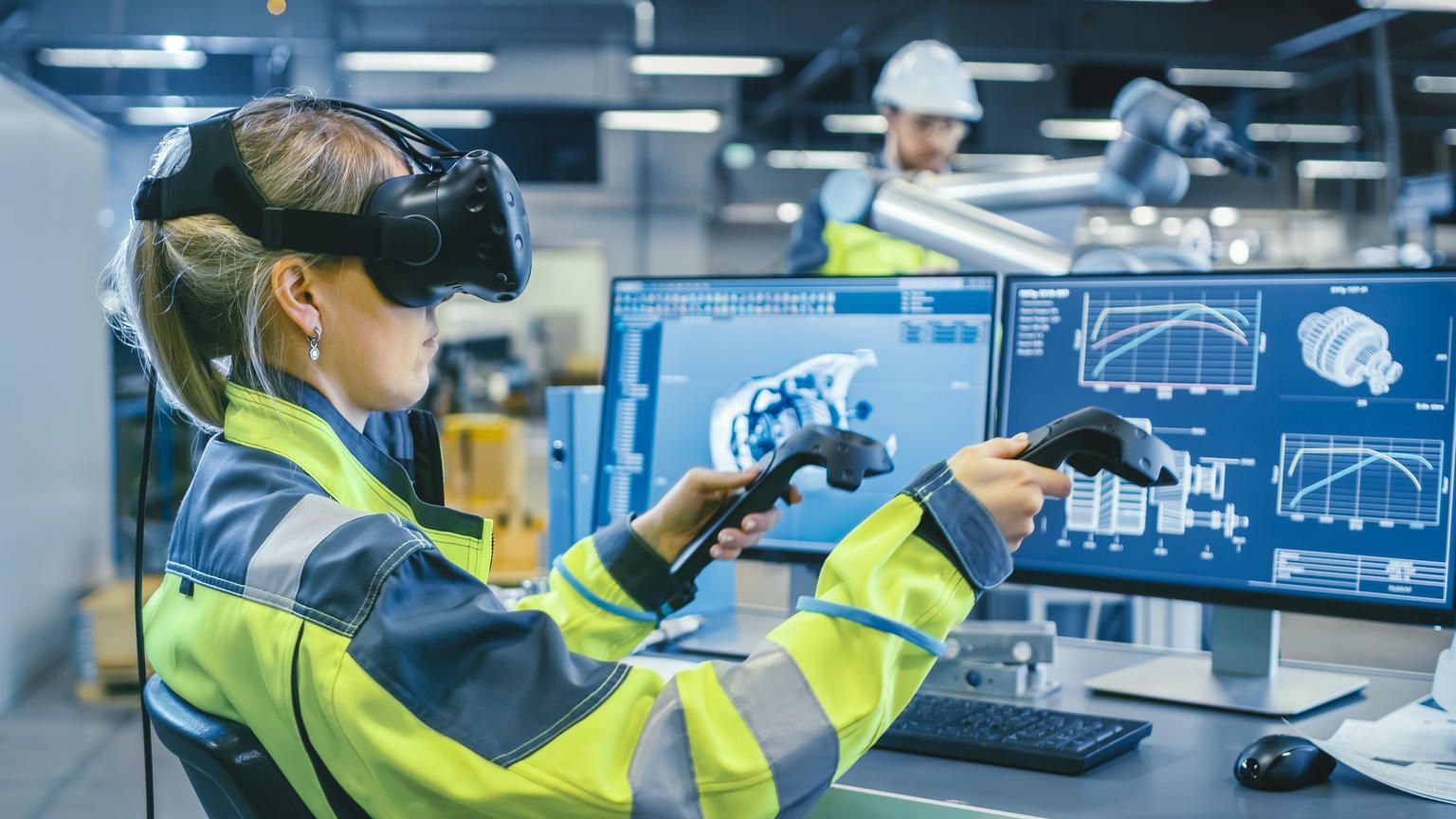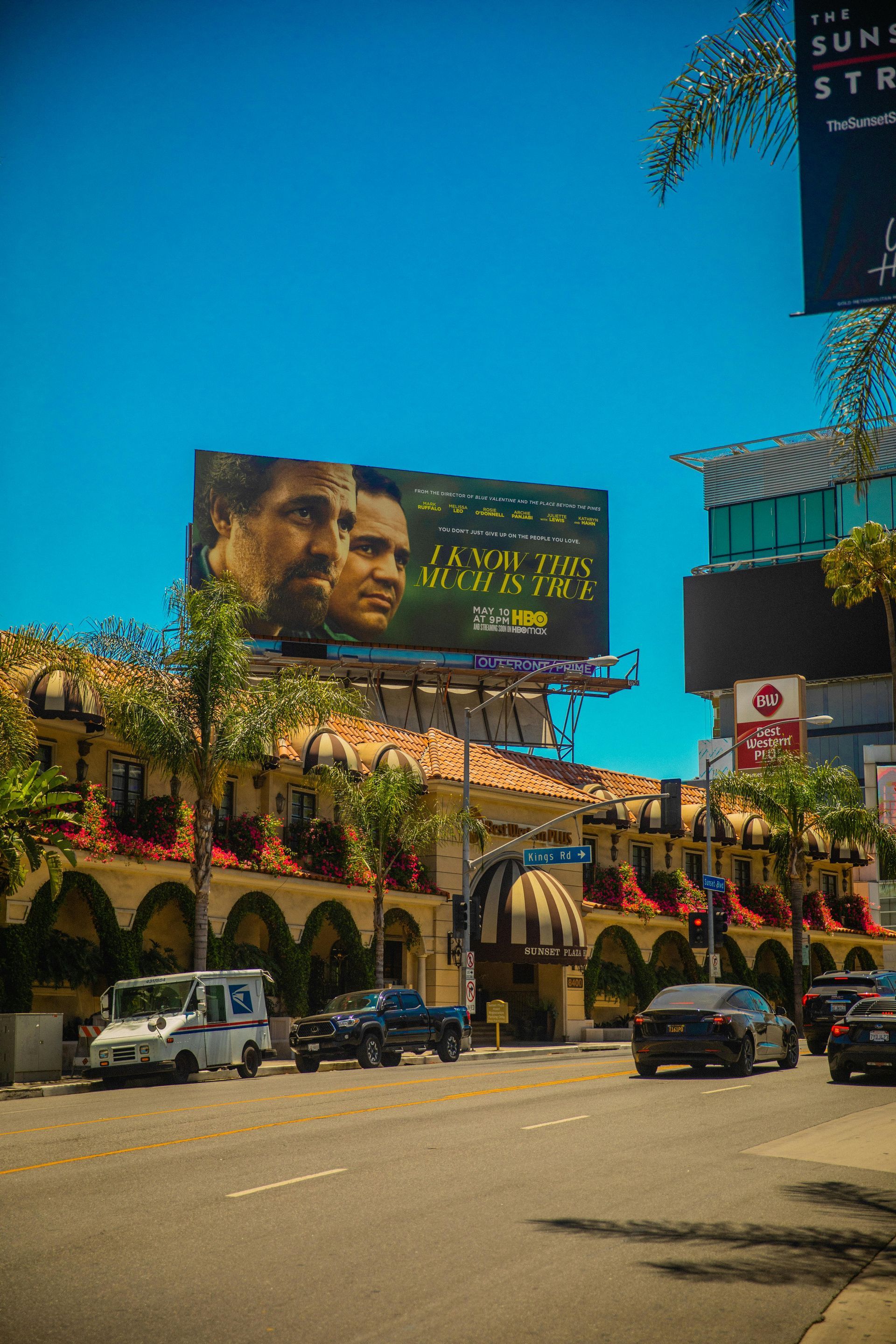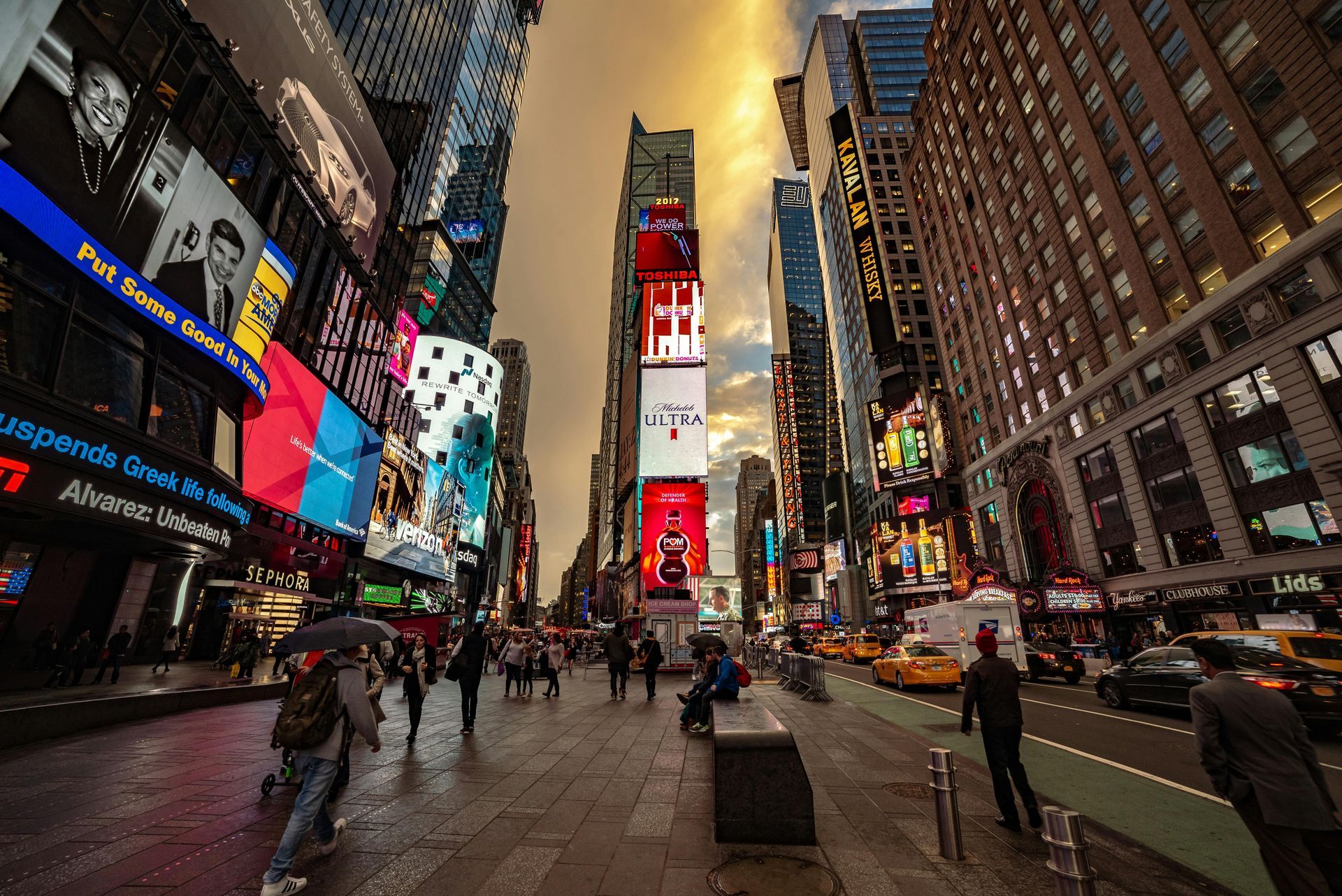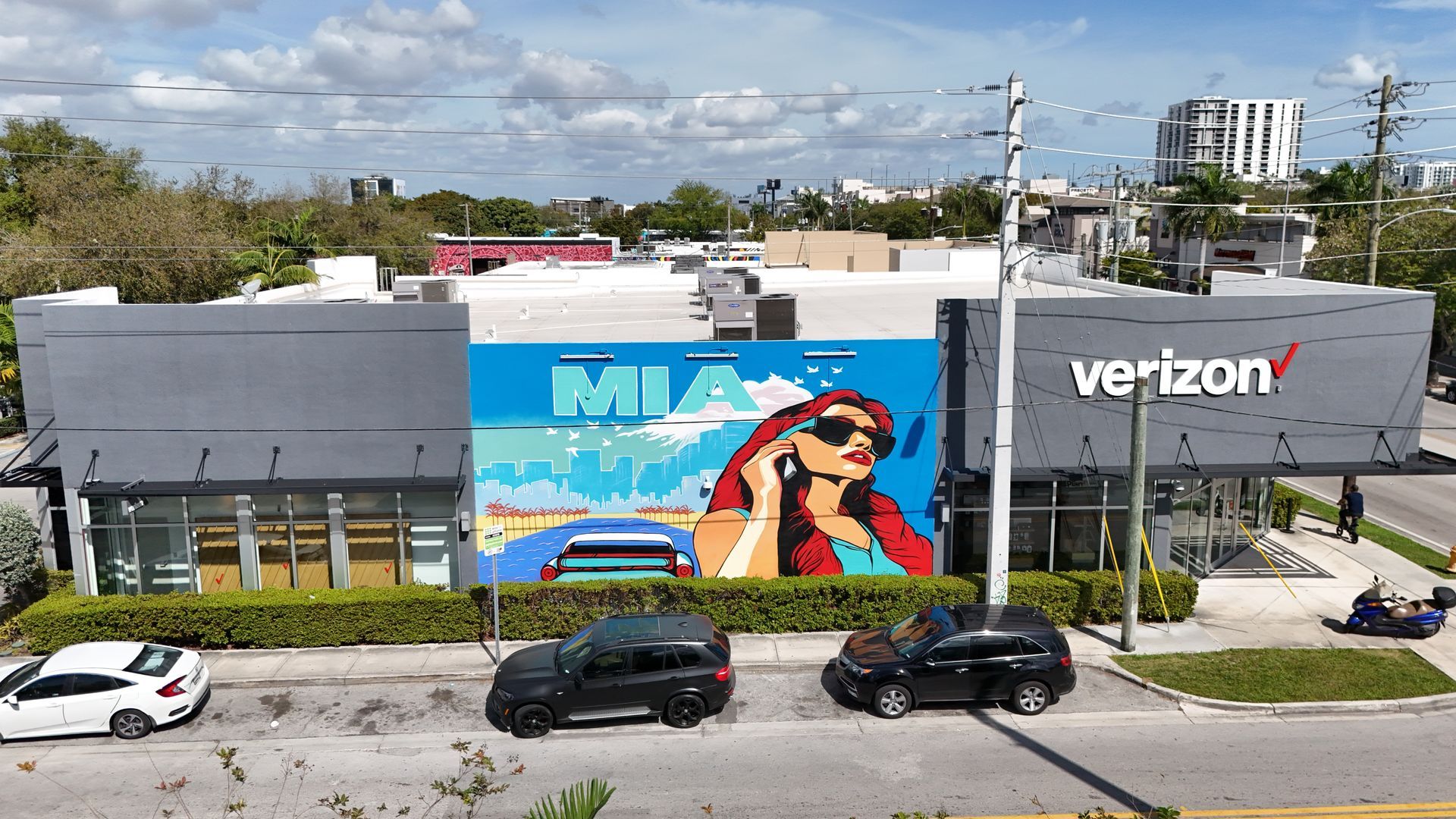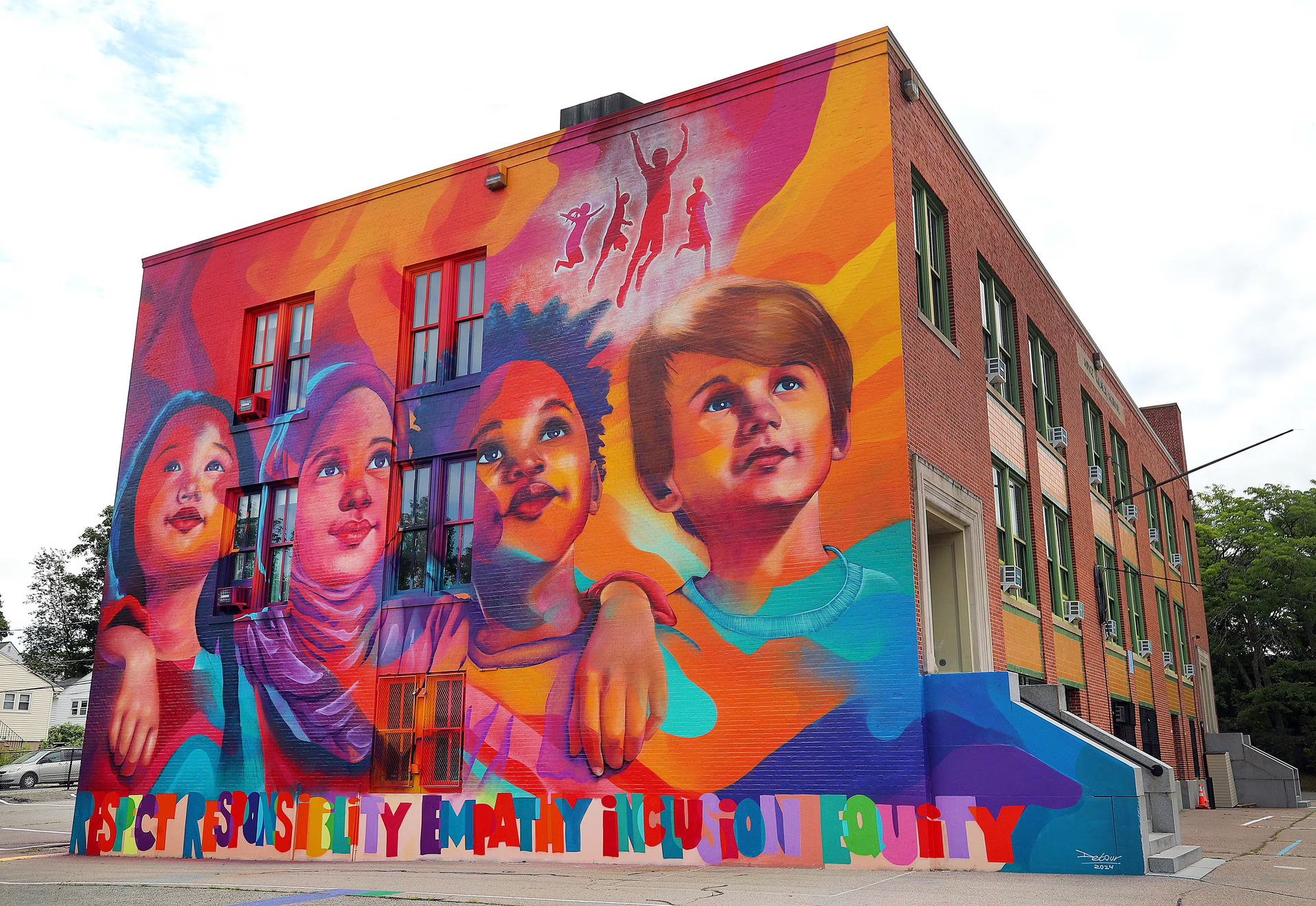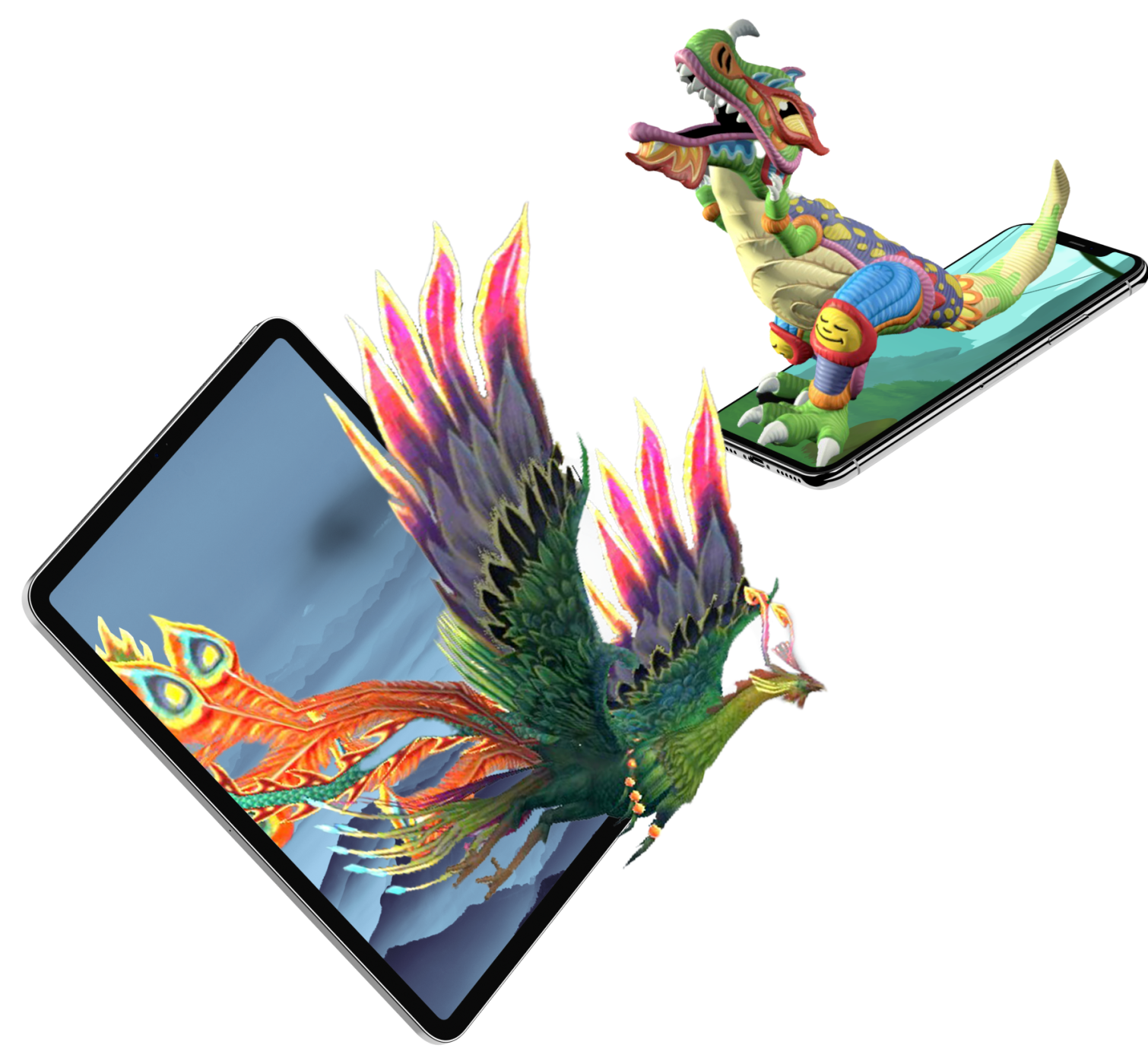Snapchat Spectacles Glasses Overview
Snapchat Spectacles glasses have redefined wearable augmented reality (AR), standing out as a bold innovation in the tech landscape. Designed for developers and AR enthusiasts, these standalone glasses combine immersive technology with everyday practicality. Let’s delve into what makes Snapchat Spectacles a game-changer in AR wearables.
What Are Snapchat Spectacle Glasses?
Snapchat Spectacle Glasses are the latest iteration of Snap’s AR technology. Unlike their predecessors, these glasses are standalone devices equipped with Snap OS, enabling users to explore AR experiences without tethering to other devices. Launched during Snap’s developer conference in Los Angeles, they highlight Snap’s vision of merging the digital and physical worlds seamlessly.
Cutting-Edge Features of Snapchat Spectacle Glasses
1. Immersive Mixed Reality
Snap Spectacles offer a 46-degree field of view, enabling users to engage with dynamic AR elements in real-world settings. This makes activities like petting virtual animals, exploring the solar system, or interacting with collaborative AR applications feel immersive and tangible.
2. Hand Tracking
One of the most notable advancements is the glasses' hand-tracking capability, which eliminates the need for external controllers. By using intuitive hand gestures, users can navigate apps, select virtual objects, and interact with AR content seamlessly. This aligns Snap Spectacles with premium AR solutions like the Apple Vision Pro and Meta Quest 3, offering enhanced capabilities interactivity.
3. Auto-Dimming Lenses
The auto-dimming lenses ensure AR visuals remain sharp and visible even in bright outdoor conditions. This makes the Spectacles more versatile than competitors, often confined to indoor use.
4. Integrated Processing Power
Unlike many AR wearables, the Spectacles include all the hardware within the frame. Powered by twin Qualcomm processors, the glasses deliver crisp visuals without needing external devices, though this comes at the cost of limited battery life—approximately 30 minutes per charge.
Snap OS: The Brain Behind the Glasses
Snapchat Spectacles run on Snap OS, a platform designed to enhance AR experiences. This operating system provides a floating dashboard of apps and supports connections with the Snapchat app, allowing users to:
- Access interactive AR lenses.
- Record and share experiences via Snapchat.
- Use voice commands and virtual controls for navigation.
The integration of Snap OS creates a seamless ecosystem that merges wearable AR with smartphone functionalities.
Real-World Applications of Snapchat Spectacle Glasses
1. Collaborative Experiences
Snapchat Spectacles support multiplayer AR, enabling users to engage in group activities such as collaborative painting or group games. This functionality is ideal for gaming, educational settings, team-building exercises, or creative workshops.
2. Commercial and Creative Uses
Brands and developers can use the glasses to create interactive marketing campaigns like augmented reality billboards and murals, design AR-enabled products, or develop immersive storytelling applications. Early adopters include companies like Niantic and Verizon, which are launching AR murals on their storefronts with BrandXR.
3. Enhanced Outdoor Functionality
Designed for outdoor use, the glasses outperform competitors like the Meta Quest 3 and Magic Leap, making them suitable for live events, exhibitions, and outdoor activations.
Comparison with Industry Leaders
Apple Vision Pro vs. Snapchat Spectacles
While the Apple Vision Pro focuses on immersive virtual experiences indoors, Snap Spectacles excel in outdoor AR applications, making them a more versatile option for real-world integration.
Google Glass and Magic Leap
Compared to earlier pioneers like Google Glass, Snapchat Spectacles offer significantly improved visuals, broader functionality, and greater interactivity. Their auto-dimming lenses and hand-tracking technology position them as a forward-thinking alternative to devices like Magic Leap, which rely on external processors.
Developer-First Approach
Unlike consumer-grade wearables, Snapchat Spectacles are targeted at developers. Available via a subscription model for $99 per month, they are part of Snap’s effort to encourage AR innovation. Developers can leverage the glasses to build and test applications tailored to specific industries, from education to retail.
Challenges Facing Snapchat Spectacles
1. Battery Life
The glasses’ 30-minute battery life limits their usability for extended activities. Improving battery efficiency will be crucial for widespread adoption as AR technology evolves.
2. Accessibility
With a subscription-based model and a developer-centric focus, the Spectacles are not yet geared toward mainstream consumers. Expanding affordability and ease of use will be key to broader adoption.
Vision for the Future
Snap’s CTO, Bobby Murphy, envisions a world where AR glasses become a daily essential, reshaping how we interact with digital content. As the technology matures, the company aims to bridge the gap between specialized developer tools and mainstream consumer devices.
The Role of AI in AR Glasses
Snapchat Spectacles integrate AI-driven features, including camera-enabled generative AI tools. This partnership with OpenAI enables the glasses to support voice commands, 3D emoji generation, and other AI-assisted functionalities. As AI and AR converge, the potential applications for Spectacles will expand exponentially.
Consumer Use Cases on the Horizon
1. Retail and E-Commerce
Imagine trying on virtual outfits or previewing furniture in your home through AR glasses. The Spectacles could revolutionize e-commerce by enhancing product visualization and personalizing the shopping experience.
2. Social Media Integration
As an extension of the Snapchat app, the glasses enable users to record and share immersive content directly, fostering deeper engagement on social media platforms.
3. Education and Training
From virtual science lessons to workplace training simulations, Snapchat Spectacles offer opportunities to enhance learning and skill development through interactive AR.
Conclusion: A Leap Forward in AR Technology
Snap has positioned its Spectacles as a unique offering in the wearable tech market by focusing on developer-first features, seamless smartphone integration, and outdoor usability. While challenges like limited battery life remain, the glasses pave the way for innovative industry applications.
As technology continues to evolve, Snapchat Spectacles represent a glimpse into a future where AR glasses become as commonplace as smartphones, shaping the way we interact with the digital world. Whether you’re an AR enthusiast or a developer, Snap Spectacles are worth watching as they redefine the boundaries of augmented reality.
TALK TO A PRO
We're here to bring your brand to life!
Stay Connected with BrandXR
Create Augmented Reality for Free!
Create, Publish, and Measure 3D Augmented Reality Experiences Without Having to Code.
